Subscribe: Apple Podcast | Email | Spotify | Stitcher
Worried about dairy free weaning? Wondering when should you start solids if your baby has cow’s milk protein allergy?
When it comes to dairy free weaning, you can start with vegetables and fruit just like any other baby.
There are a few key dairy free foods that you do need to consider when weaning babies with cow’s milk protein allergy.
This article will provide a step by step guide with everything you need to consider when starting milk-free solids for your baby.
BSCAI paediatric allergy group and the British Dietetic Association (BDA) Food Allergy Specialist groups (which I am a member of) have put together an excellent document on preventing food allergy when you are thinking of starting solids.
The advice is clear and cuts through any myths that you may have read online about dairy-free weaning.
If you are not working with a registered paediatric dietitian then I invite you to book a free call with me to discuss how we can work together.
YES PLEASE! I WANT TO BOOK A CALL!
Step One On How To Start Dairy Free Weaning For Your Baby With A Dairy Allergy
The first step is to identify the style of baby feeding that you wish to adopt.
Should you spoon feed or follow baby-led weaning? The choice is entirely yours but think about why you are planning to start earlier than the recommended 6 months.
Is your baby showing the correct signs of being ready as per the NHS guidelines?
- able to sit upright and hold their head steady
- co-ordinate their eyes, hands and mouth so they can look at the food, pick it up and put it in their mouth by themselves
- swallow food (rather than spit it back out)
If you’re joining us today because you suspect that your baby might have a dairy intolerance or a milk allergy and you are looking for advice on starting solids, then I recommend reading the blog post below first:
Step Two
Before starting dairy free weaning for your baby with milk allergy..
Continue to breastfeed or use your baby’s special infant formula recommended by your GP, paediatric dietitian or allergy doctor.
Depending on your baby’s initial symptoms, your baby may have been prescribed an extensively hydrolysed feed or an amino acid formula. Both are suitable for babies with a milk allergy.
If your heart is set on baby led weaning, then please do wait until your baby is six months of age.
A recent UK paper published in Appetite 2019 showed interesting results. As parents, we tend to be overly critical of ourselves so I hope that the results of this paper reassures you.
The researchers found that babies who followed baby-led weaning were more likely to be offered vegetables and join the family meals.
With a few tweaks to your family meals to ensure that foods available at the table are dairy free, there’s no reason why your baby with a milk allergy cannot join either.
Baby led weaning is safe so if this is your preferred feeding style, then go for it!
In fact, this UK paper showed that babies at increased risk of choking were those who were not given finger foods alongside their puree foods.
Regardless of the type of feeding style you choose, always remain with your baby during meal times to minimise any potential risk of choking.
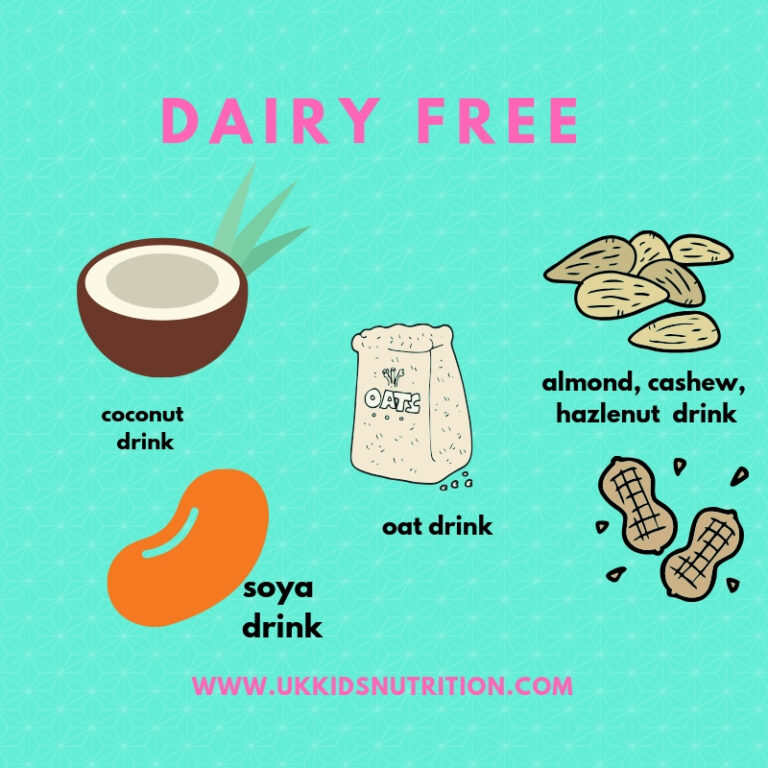
Step Three
Be familiar with the signs and symptoms of milk allergy
If your baby has been well since starting their special infant formula or whilst you’ve been following a strict milk free diet for breastfeeding, you may have forgotten the earlier signs and symptoms that your baby had when first diagnosed with cow’s milk protein allergy.
The first thing that you will notice if your baby is accidentally given food containing milk is an allergic reaction, whether this is immediate or delayed.
Signs and symptoms of milk allergy (usually immediate within 2 hours)
- Swollen lips, face or eyes
- hives, urticaria
- abdominal pain, vomiting
Serious symptoms (rare)
- swollen tongue, persistent cough, hoarse cry
- difficult or noisy breathing
- pale/floppy/unresponsive/unconscious
Symptoms for delayed non-IgE mediated cow’s milk protein allergy
- recurrent tummy pain, worsening reflux and vomiting
- food refusal
- loose frequent stools > 6-8 per day
- or constipation 2 or less bowel motions per week
- skin reddening or itch
- worsening eczema
Step Four
When You are Ready For Starting Solids or Dairy Free Weaning For Your Baby With a Milk Allergy
If your baby is less than 4 months of age, you can start dairy free weaning with a puree of vegetables and then fruit.
Simply peel, chop and then cover with water to cook in a saucepan.
Mash with a fork using the water in the pan, breast milk or your baby’s special infant formula. There’s no need to purchase a high-grade commercial blender for this weaning stage.
Your arm power is perfect and the residual lumps are useful for the baby’s overall development for texture progression.
If your baby is over 6 months of age, you can start offering finger foods.
Use very soft pieces of steamed or cooked vegetables such as carrots, broccoli, and root vegetables and then move on to fruit.
During this phase of weaning, focus on the variety rather than the amount that the baby eats.
Babies are so clever, they will naturally adjust their volume of formula or breast milk as they start to eat more solids.
Step Five
For Starting Solids & Dairy Free Weaning With A Milk Allergy
Focus on Iron-rich foods. From around 6 months of age, a baby’s iron stores and the amount of iron present in breast milk starts to decline.
Once your baby has confidently tasted a variety of vegetables and fruit, do move on swiftly onto iron-rich foods such as meat, chicken or fish.
If you are following a plant-based diet, then you can introduce lentils and beans which are good choices of iron.
Recommended iron-rich foods to give when starting solids for your baby with milk allergy include:
- Lentils
- Nut butter
- Meat, chicken, fish, eggs
- Green leafy vegetables
- Iron-fortified breakfast cereal
To prepare an iron-fortified breakfast of oats (see pear and chia powered oats) use breast milk or your baby’s special infant formula.
Just remember to substitute the whole milk in the recipe above with breast milk or your baby’s special infant formula. Avoid using plant-based drinks at this stage as it’s low in protein, calories, vitamins and minerals.
Introducing other high allergenic foods alongside dairy free weaning
Eggs, nuts, fish and gluten may be causing you some worry and confusion.
If your baby also has moderate to severe eczema your allergy doctor, GP or paediatric dietitian may recommend introducing cooked eggs and peanuts from 4 months of age.
This may help prevent your baby’s chances of developing an allergy to these foods.
Speak to your health care professional for personalised advice regarding this. For all other babies with cow’s milk protein allergy, once your baby is ready for solids and has been enjoying vegetables and fruit, you can start introducing high-allergenic foods described above one at a time.
Wait at least a few days before introducing a new food.
Start with small amounts such as 1/4 to 1/2 teaspoon of cooked food. Gradually increase the amounts offered.
If your baby accepts these foods and doesn’t have a reaction then continue to offer these foods as part of their weekly dairy-free weaning plan. If your baby has an allergic reaction, then please stop giving your baby the food that they react to and speak to your family doctor for further advice.
Step six
on dairy free weaning
Plan a daily menu with calcium for your baby with a milk allergy.
Aim for 3 balanced mini-meals per day.
From around 9 months of age, you can start to use plant milk to prepare porridge, dairy free pancakes or homemade bread for breakfast.
Not all plant-based milk is suitable and your dietitian may recommend using some types over others based on the source and amount of protein, the overall calories, presence of added calcium, vitamins and minerals.
Lunch and Evening meals
It seems early to think about “meals” but you can start creating mini meals with texture.
- Use root vegetables or grains like quinoa, amaranth, oats, rice, couscous
- Add iron rich vegetables and green leafy choices
- Protein (meat, chicken, fish or lentils)
- Use infant formula or a calcium fortified plant drink to get the desired texture
Dessert or snack
Breast milk or specialist infant formula
Dairy free yoghurts (check that they are calcium fortified)
Finger foods: cut-up pieces of bread or toast dipped into hummus or calcium-fortified yoghurt based dips
You can use mild herbs and spices for flavour
Custard using a dairy-free custard powder and then mix with the baby’s specialist formula
Raw vegetables and/or fruit
Mini sandwiches or rolled-up bread with avocado, nut-based spread, hummus or another dip prepared with tahini
Why not listen to this podcast to help you choose the best plant drink for your baby?
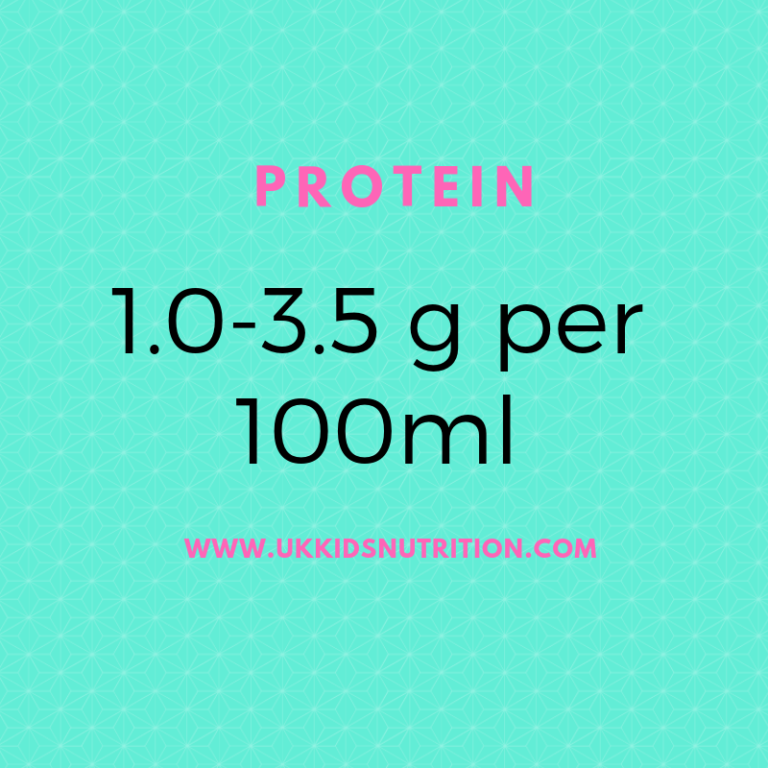
Other useful foods containing added or natural sources of calcium include:
- dairy free custard prepared with dairy custard powder, infant formula or plant drink.
- oat based creme fraiche and cream that is also calcium-fortified
- tahini paste, a plant source of some calcium
- tinned fish with its bones to prepare sandwiches (an excellent source of calcium)
- broccoli, kale
- beans and pulses
- specialist infant formula
See the full list of non-dairy sources of calcium in this podcast and blog post called ‘What you need to do before reaching for calcium supplements’.
Step Seven
Read All Food Labels, Including “Free From” Range
There are many ways that milk can be labelled and it’s not always obvious.
Never assume that foods from a “free from” range will be free from cow’s milk protein.
Remember that you are also avoiding milk and food products made from sheep, goat or buffalo as the protein is very similar to cow’s milk protein.
Confused? Book an appointment and we can go through the entire list of words and hidden sources of dairy so that you can confidently prepare and execute a dairy-free diet for your baby.
Subscribe: Apple Podcast | Email | Spotify | Stitcher
Let Me Help
Would you like to meet a children’s dietitian who has successfully helped families solve their nutrition problems from around the world?
Whether you are worried about picky eating, irritable bowel syndrome or a suspected dairy allergy, I’ll help you manage these with confidence.
For bookings and enquiries book a free 15-minute call to discuss how I can help you.
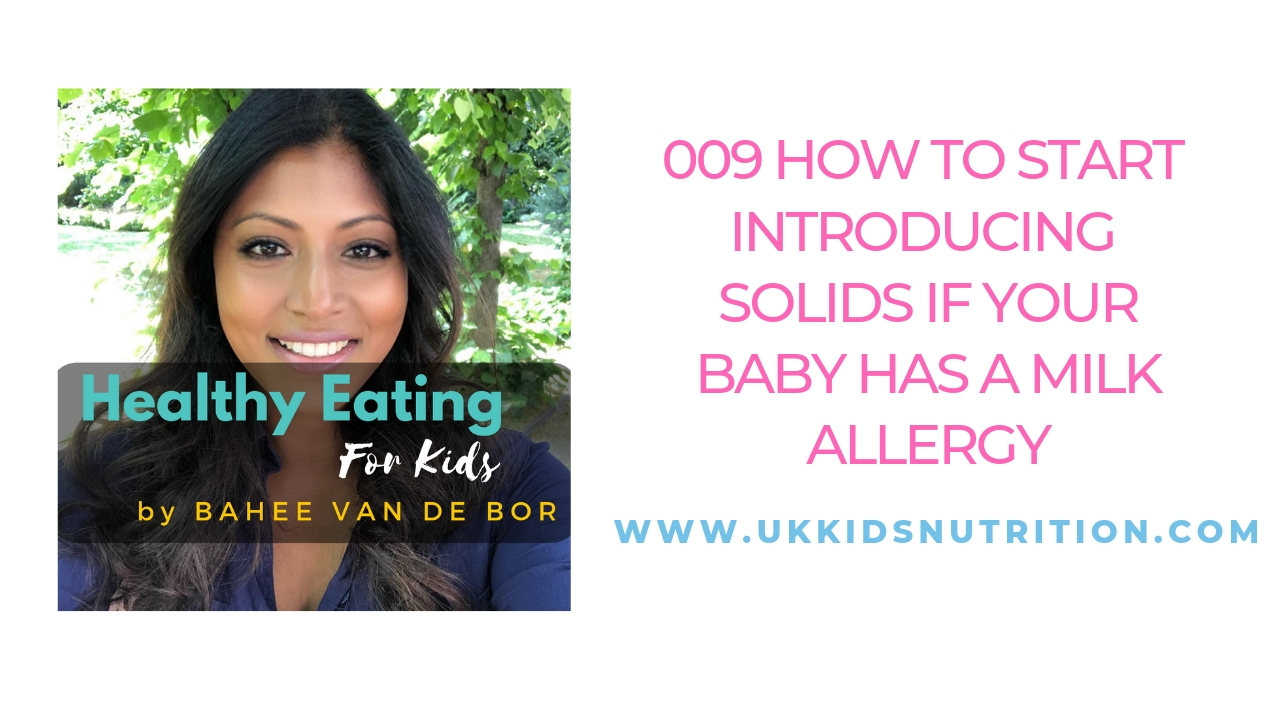
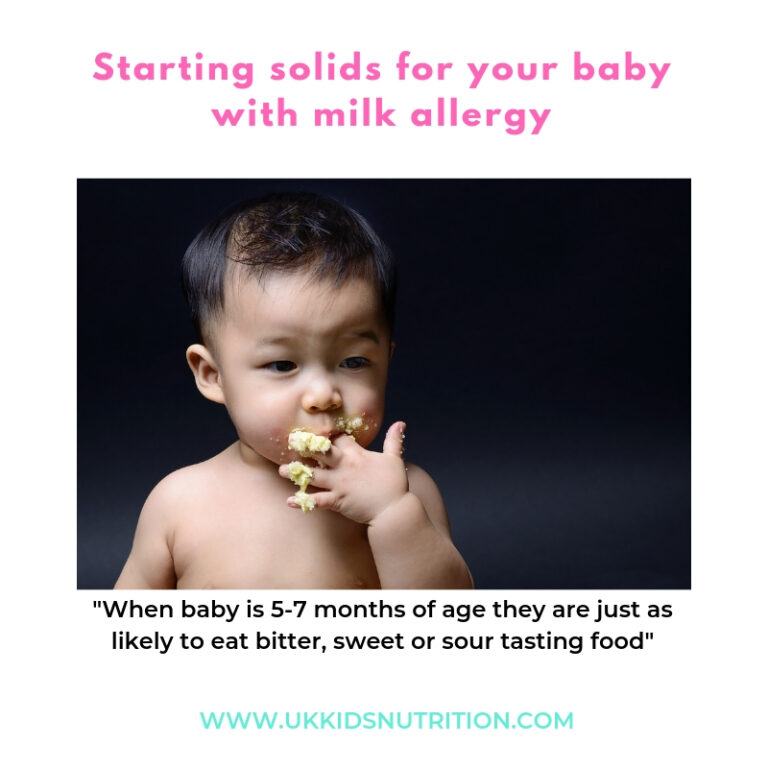

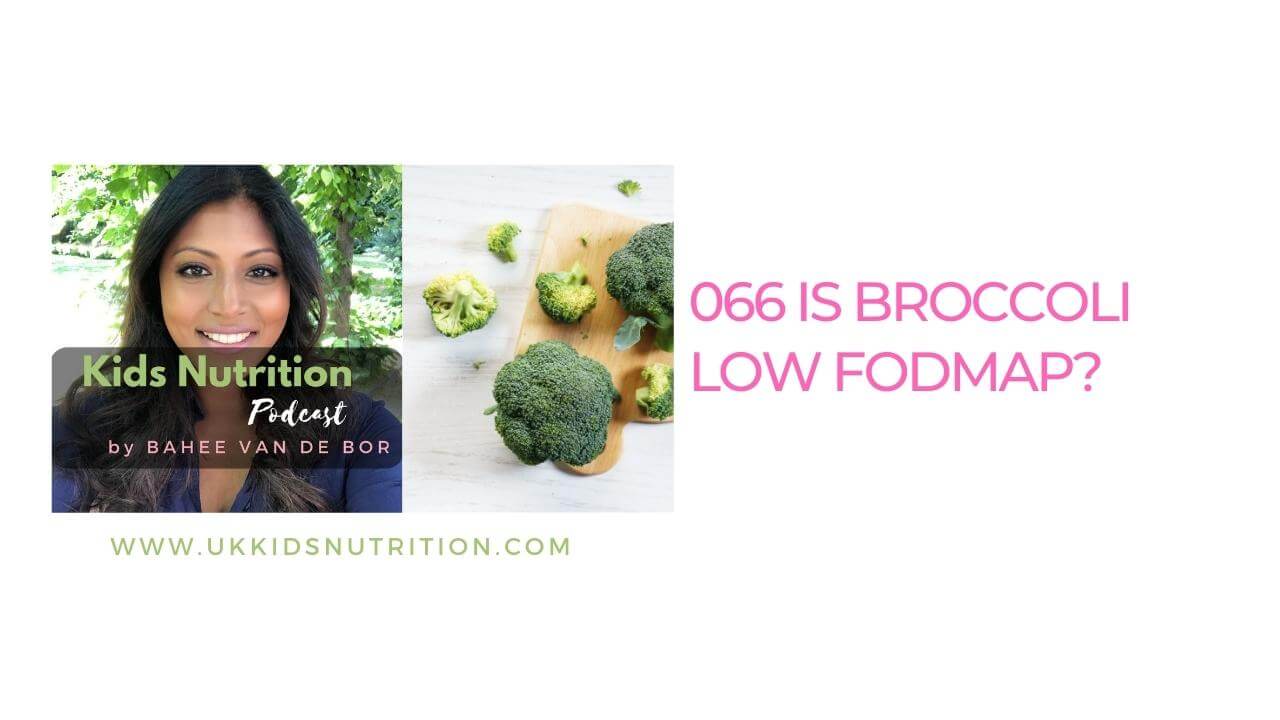
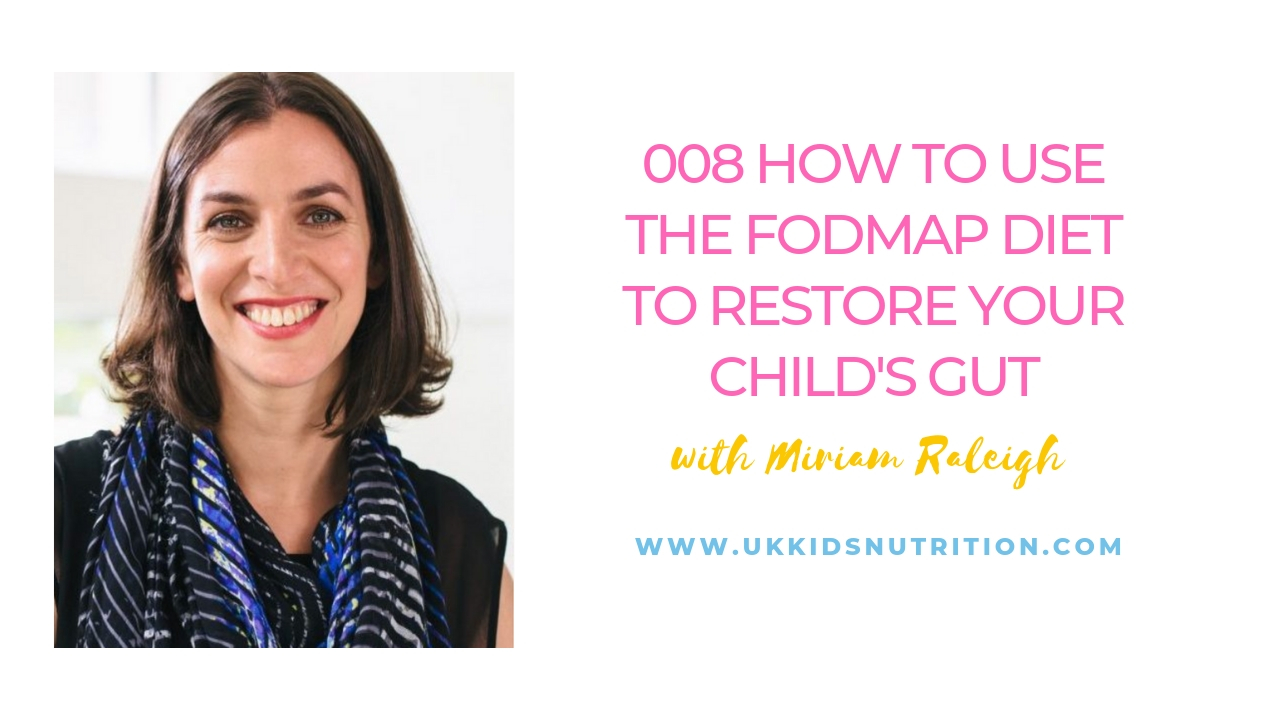
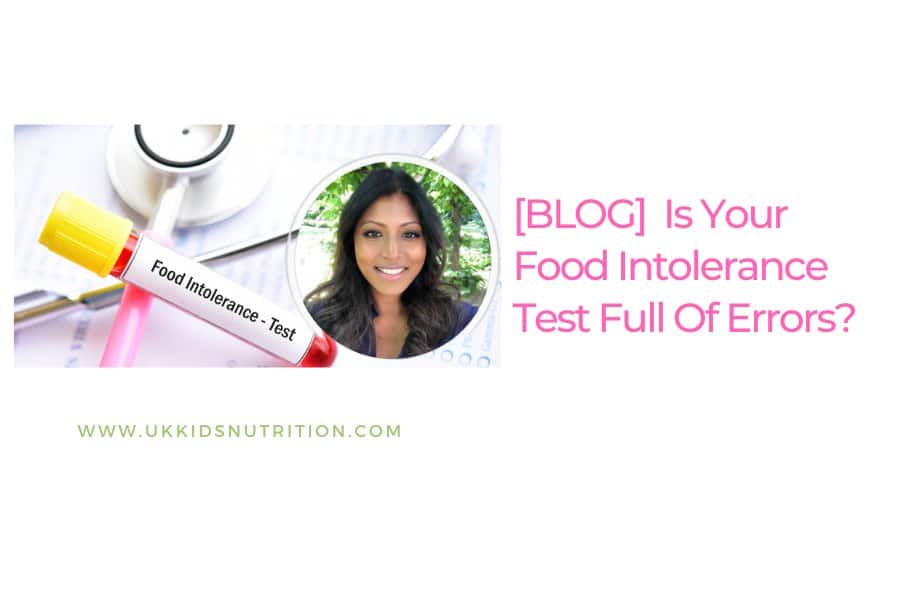
2 thoughts on “How To Start Dairy Free Weaning For Cows Milk Protein Allergy”
Hi, I am Renata, from Brazil. Thank you for sharing your Knowledge. I Am Paediatric Dietitian and learned a lot with your audio.
Hi Renata, thats brilliant, good to hear that you are enjoying the podcast. Thanks so much for tuning into Kids Nutrition Podcast. Bahee